If you are a budding videographer then you must have wondered many times “Why Doesn’t My Footage Look as Good as Other People’s?”. One of the main reason for this to happen is color grading.
Many factors influence the image( video) , including lighting, camera choice and lens selection. Location, exposure, framing and camera placement are all important aspects of videography. The most significant area that can affect how your image looks is the process commonly known as “color grading.”
Color grading definition
A step by step process of manipulating the image in terms of exposure , contrast and color is known as color grading.
Color grading can be fairly simple in some cases or can be really complicated depending on the end result you want to achieve with your image and the original image itself.
This is the step in film making where you deliberately manipulate the image in order to make it look like what you want it to look like.
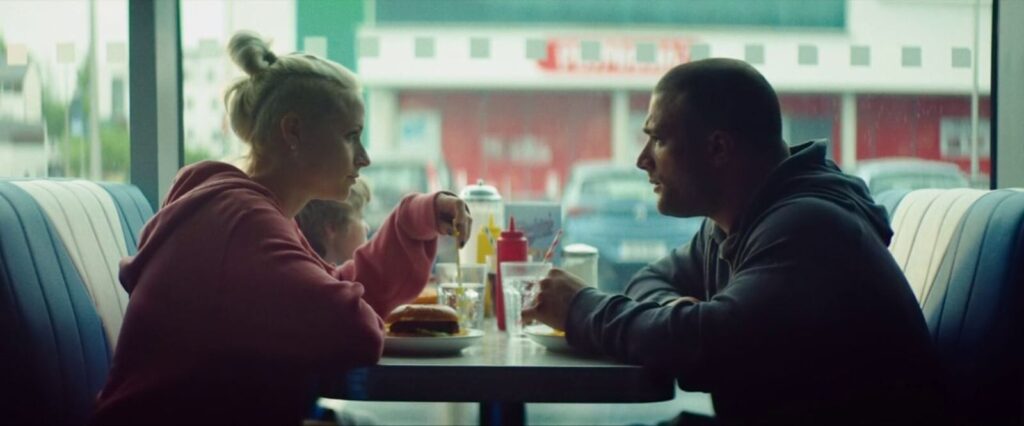
Why color grading is required ?
The main reason color grading or manipulation of image is required is because the camera cannot shoot exactly what you want.
While many dream of a camera that can produce an image which “just looks right” out of the box, manipulating the image after you capture it has been part of the filmmaking process , and will likely remain a part of the process for a long time into the future as well .
No camera can magically guess how you want your footage to look like , so you have to manipulate your footage in post processing to properly tell your story.
The director generally has a very clear idea about how each and every shot of his film should look like. Depending on the situation , equipment and other limitations , it is generally not possible to capture that during shooting.
Getting the acting , lighting and other technical aspects right is the priority at the time of shooting.
The look or grade can always be created in post processing more easily as you have more time and required sophisticated tools at your disposal.
DSLR , Mirrorless and film cameras are used to shoot videos. These are getting more and more capable these days and most can shoot Log or Raw format which are more suitable for color grading.
What Is Color Grading in films, Exactly?
Almost every creative art form requires a raw material and several finishing steps. When you write , you need to edit , for music production you need mixing similarly for filmmaking the footage that is shot is the raw material and color grading is the process which applies the finishing touch.
Actors , camera department , art department and so many others work hard to produce the best possible raw material i.e the raw footage for film making. It then goes through the editing process. The edited footage is then passed on to the colorist.

Colorist, after understanding the vision of the director goes through scene by scene , shot by shot , frame by frame manipulating the image to adjust the exposure , contrast , color tones , color contrast and many other details to bring directors vision to life.
During grading the image is selectively highlighted and crafted in such a away that it helps to focus the audience attention and brings out the emotions.
Color grading is a very subtle and still very powerful post processing technique.
This type of shot-by-shot manipulation of an image is crucial to the telling of a story. Since the beginning of filmmaking, this has been an integral part of filmmaking.
Traditional methods of manipulating an image after it has been shot was technically very complicated and required experts who had spent many years in the field.
Long apprenticeships were required to master the art of photochemical manipulation. As with many other creative areas, this was massively disrupted by digital technology, which has now led to powerful color grading tools and software. Tools are available as free software or affordable plugins for anyone who works in motion pictures.
When does color grading happen ?
The colorist is responsible for pushing buttons and has the technical knowledge required to move the buttons / wheels used to manipulate images. The client drives the final result. When it’s done, the vision is completed and signed off.
A director, a cinematographer or a producer could be the “client”. Client is anyone who has the vision about the end product and has the skills to communicate the requirements clearly to the colorist and can guide the project towards successful closure.
As there is no universal director/DP relationship there is also no universal Client/colorist relationship. Some clients will openly admit that they don’t know anything about color grading .
Some clients just say “Make it look great,” and then leave it to the colorist. While others go in with incredible details, specific goals and plans for their work. The “color session” is traditionally held at the end of the post-process once basic editing is done.
The project is shot complete In a matter days or weeks, the film is then is edited for a matter weeks or months and finally, color is added. Colorist always gets less time to do his job and is under time pressure being almost the last step of the post processing .
Typical color grading process
Color grading process involves a lot of steps depending on the details to which you want to go. However below table gives you some basic steps and results that you can expect at the end of it.
| Step | Primary objective |
| Color space transformation | Transferring the image from color space it was shot in to the one required for broadcast ( REC 709) |
| Exposure correction | Adjust the exposure of the image to get the highlights and shadows to look as per requirement od the scene. Getting the midtones at the right range. |
| Colour correction | Adjust the white balance and remove any color cast in the image. Adjust overall color saturation of the image. |
| Primary grading | Adjust the overall color profile of the image to get the required look. A typical teal and orange look will force teal color in shadows and orange in highlights. |
| Secondary grading | Fine-tune the various selective areas of the image. This generally involves adjusting skin tones , face , eyes , specific cloth colors , sky adjustment and many other things |
| Applying Luts or film emulations | In this step the required LUT or film emulation is applied based on requirement of the image or project. |
| Adding special effects such as glow , flare etc. | Special effects are added once the girding is complete. They add fine details to some sections of the image to make it more stylish or realistic. |
| Adding film grain | Grain is generally the last step before rendering. Adding film grain give film look to digital footage. |
Color grading software
There are many color grading tools out there , both free and paid. Below is the list of some of the popular color grading tools.
- Adobe Premiere Pro.
- DaVinci Resolve.
- Magic Bullet Suite.
- Color Finale 2.
- Final Cut Pro X.
- FilmConvert.
- Wondershare Filmora Pro.
DaVinci Resolve is probably the most advance and best software for color correction and color grading. Best news is it is free !

Color grading examples
There are millions of examples of color grades and will take a look at many in detail in a seperate post. Right now you can enjoy some beautiful graded looks from popular Hollywood films.
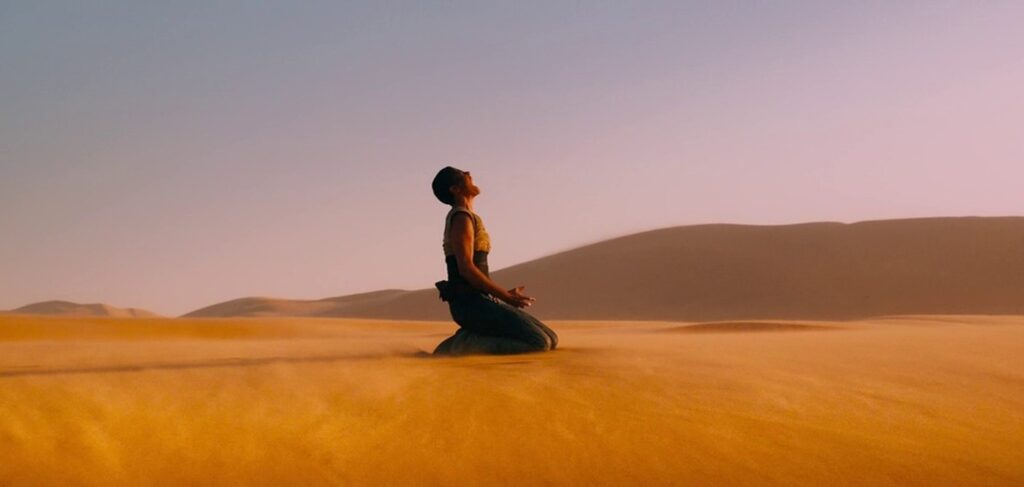
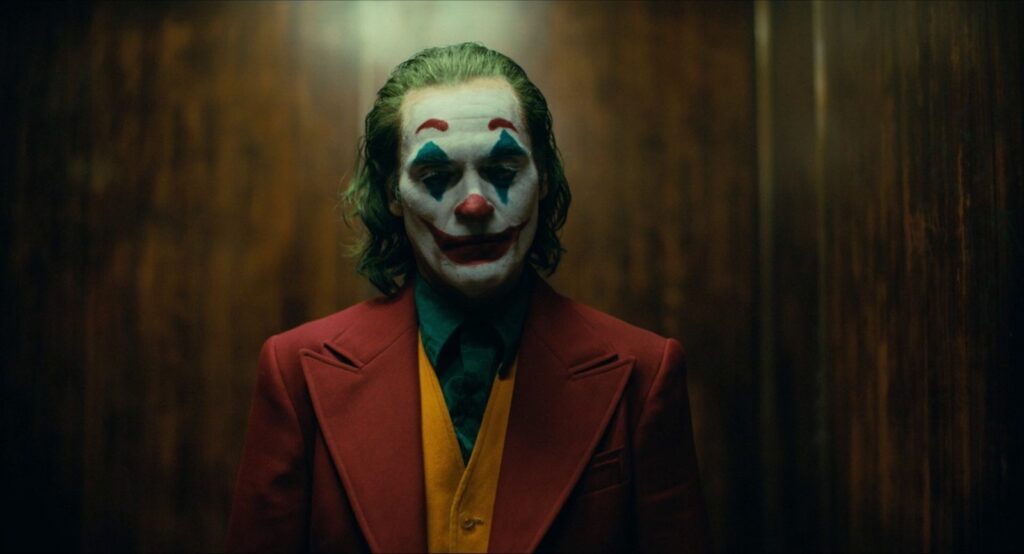
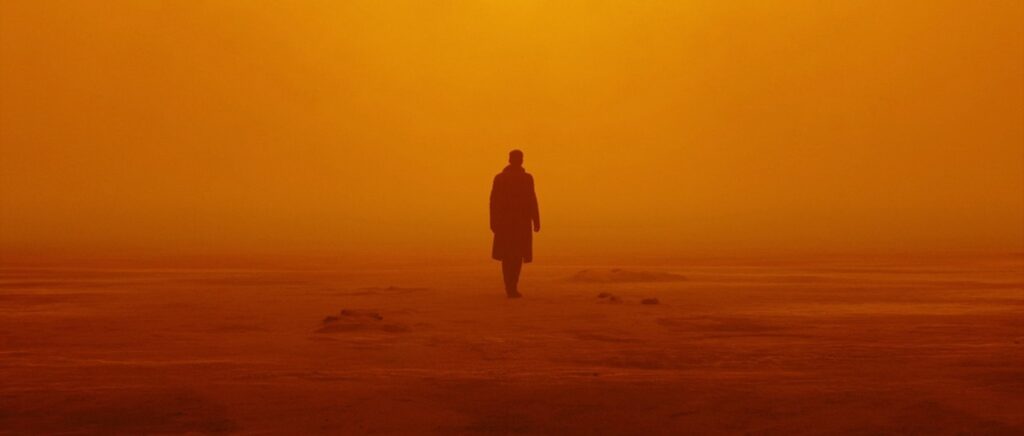
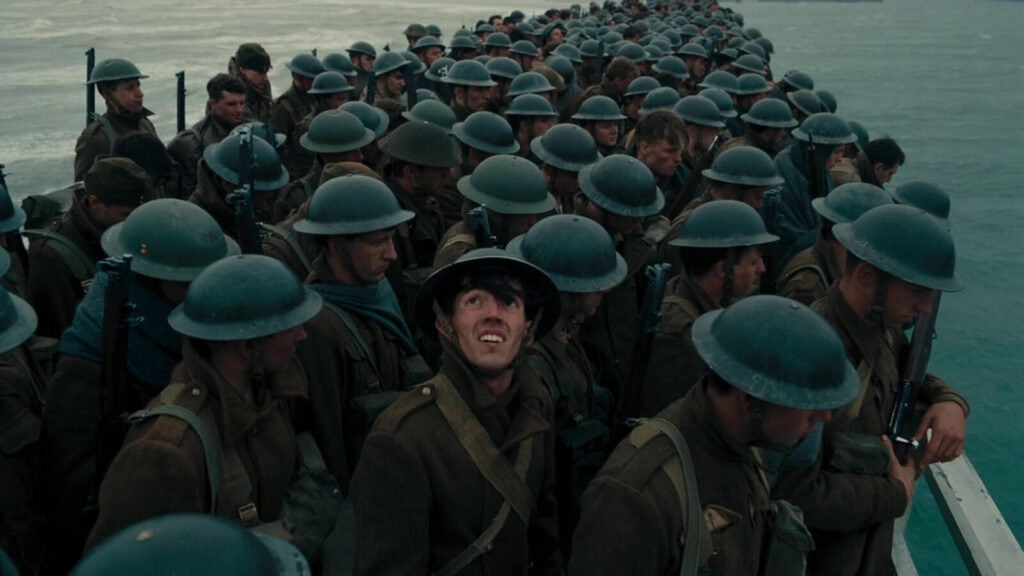
Summery
Color grading is a creative tool like any other in the hands of the filmmaker. Digital technology has made color grading accessible to everyone interested to put in the efforts.
Color grading a step by step manipulation process of the image to achieve the required LOOK for the film is fascinating and it really brings the flat as shot images to life.



